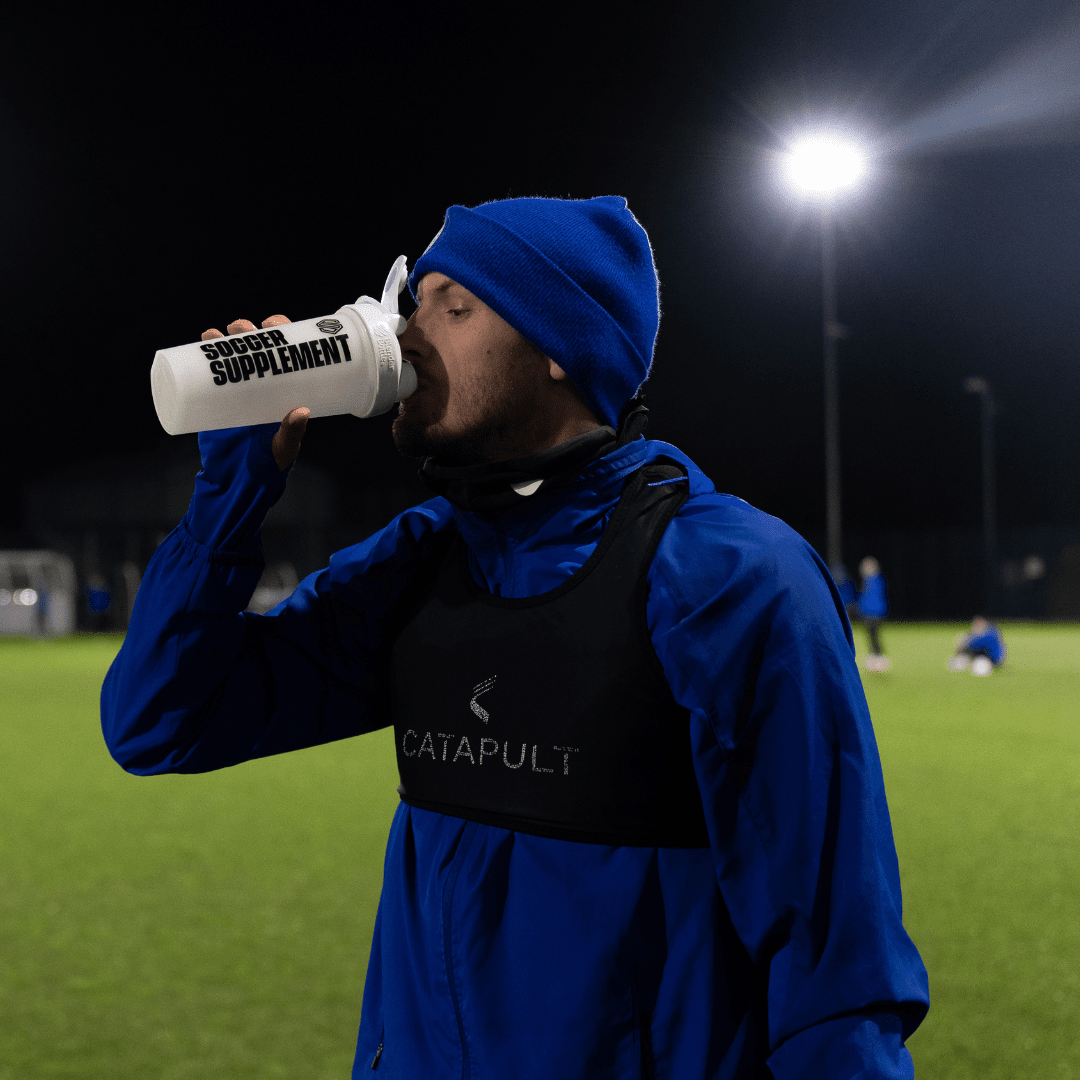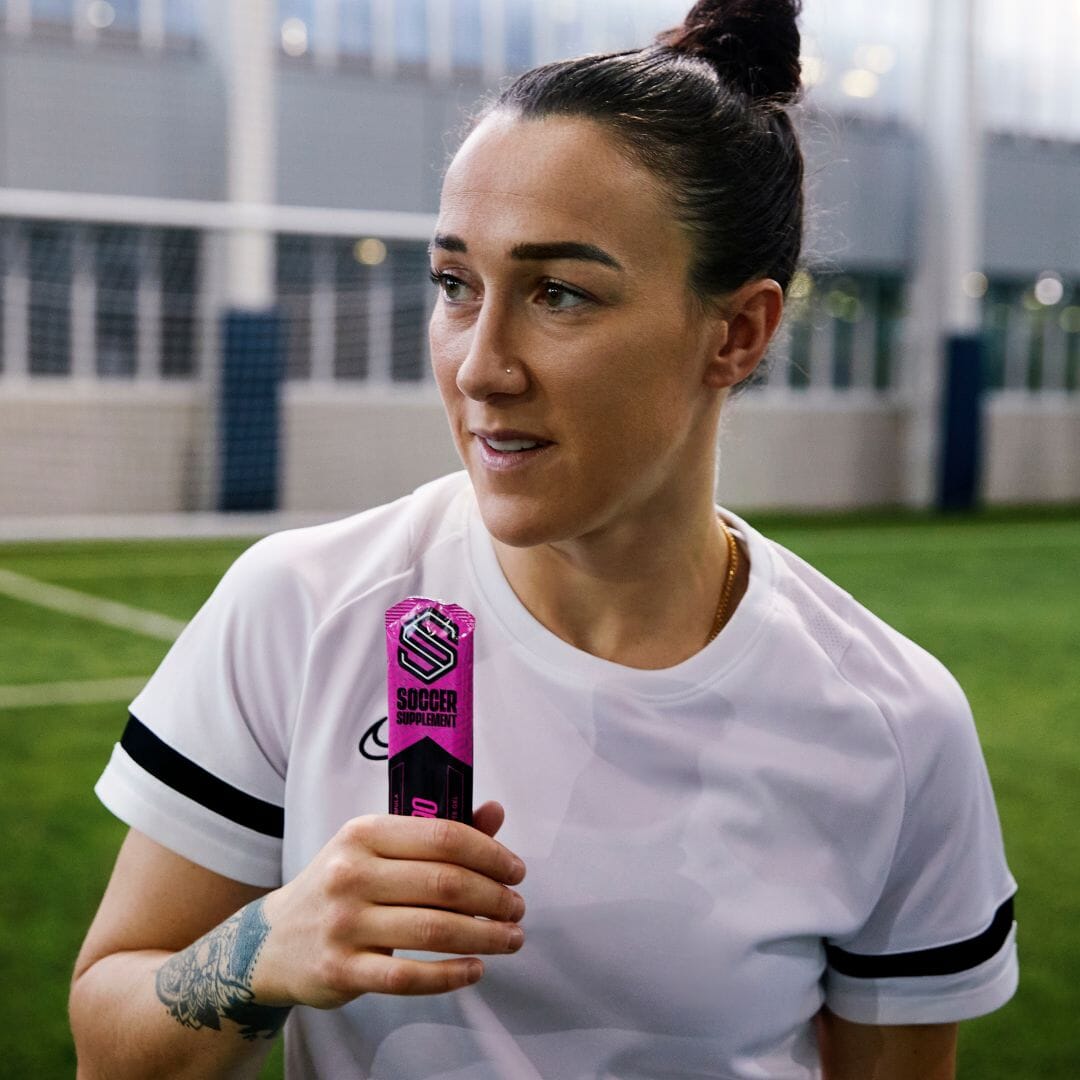We’re repeatedly experimenting with our training week, and with good reason, consistently going into the weekend feeling under done or over cooked rather than primed for a peak performance. This can often be attributed to the difficulty associated with optimising your training week. Training too hard at the start or the end of your week can disrupt recovery and play havoc with your performances! What we are aiming to achieve with this article is to provide a framework from which you will be able to identify which parts of the training week need to be harder, and maybe more crucially, which parts need to be easier. When initially approaching the training week, we need to break it down into three distinguishable parts – namely; the recovery, training and tapering blocks of your weekly microcycle (week schedule).
The Recovery Block (Sunday MD+1, Monday MD+2)
The 48 hours following a performance is the time for restoration. Replenishing your depleted systems with a range of recovery modalities is crucial to regaining energy levels, increasing ranges of motion and psychologically readying yourself for the training block. Sessions should include, more often than not, a ‘flush’ (usually a bike ride, casual run or swim) to encourage blood circulation and subsequently increase the transportation of restorative qualities within the blood, foam rolling (with a specific focus on the lower body) to imitate a sports massage reducing potential pain and tension, and some specific mobility work (on the specially tight muscles) to increase the range of motion across crucial joints. In other words, get yourself ready for the training block!
During this period of recovery, the nutritional aspects of bodily repair are as, if not more important than the physical aspects! Getting your food choices right is a basic requirement, supplementing appropriately around this is what will give you your edge. Taking on board the Recover90 formula will help top up your intake of critical proteins and carbohydrates which provide the body it’s building blocks for it to be ready to improve! A high amino acid (very often referred to as the building blocks of muscle) profile will support the development of lean muscle and rebuild damaged muscle tissue, oh so important following an intense 90 minutes.

The Training Block (Tuesday MD-4, Wednesday MD-3, Thursday MD-2)
It only makes sense that you reserve your most stressful training days for the furthest point away from your games. You DO NOT want to be taking undue fatigue, soreness and potential niggles into the weekend. Making sure you push to the appropriate intensities during this period of acquisition in the gym and on the field is key to long term performance levels and (somewhat more crucially) staying injury free. If you back off from training hard in-season completely, you will watch your physical qualities deteriorate before your eyes (otherwise known as detraining).
During this period of exertion, it is crucial you attack training sessions with the required aggressiveness. Therefore, being mentally and physically prepared for training starts with your energy levels. Whether you’re a full-time baller training in the morning requiring a boost getting out of bed or a part time player having to go from work to training, peaking your energy levels during training is crucial. Creapure® provides you with the critical energy source for any muscle action, creatine! Load up to improve your strength, increase power output and reduce recovery times for an all-round enhanced performance.
The Taper Block (Friday MD-1)
The tapering block is the simplest aspect of the training week, it’s all about getting yourself right for kick off. Reducing your training volume (length) and intensity (toughness) is key to getting your array of bodily systems recovered and ready to perform at their max! This is a good time to top up your ‘prehab’ efforts with some specific corrective exercise, that will mean different things to different people. If you’re a consistent ankle sprainer then some single leg balance work would make sense, if you have notoriously tight hamstrings working on their length is what’s needed for you. Do your homework on putting together a plan based upon your previous injuries and weaknesses you are aware off. This alongside the recovery modalities implemented in the recovery block; foam rolling, static and dynamic stretching should have you back to 100%. Should you be more sore than normal or think you have over cooked yourself a more aggressive approach might be required such as; an ice bath, contrast bath or formal sports massage. If your feeling particularly expansive (it won’t be cheap!) cryotherapy units are starting to pop up all over the country.

The Matchday (Saturday MD)
This is the part of your week where all your hard work comes to fruition. Make sure your matchday is full of rituals, there’s a reason these are spoken of, trying things for the first time on the day of a game can sometimes backfire in a big way. The time for experimentation (in the pre-season) has been and gone. A good quality breakfast with an early pre match meal combined with a walk or mobility/foam rolling session is a good way to prepare yourself for kick off. In the minutes leading up to kick off a smaller, more digestible and faster absorbing solution makes much more sense, try the energy packed Focus90 gel for a changing room boost. In the next blog we will discuss how you game day needs to flow from both a nutritional and physical preparedness perspective, tying in nicely with mastering your weekly microcycle!
It’s crucial to remember that as soon as the final whistle is blown your attention turns back to recovery. With 50, 60, 70 and even 80+ matches per season, the days of the casual recovery in the clubhouse have been and gone. Make sure to reload your body with the fuel it needs to succeed. PLEASE don’t be casual on this point, getting your recovery wrong can scupper your entire week of training, this might sound extreme but a boozy, hungry and stationery recovery 48 hours post-game will leave you in a bad place. Do that consistently and we’ll see you in the injury room. Kick start recovery after the final whistle with a Recover90 shake whilst in the changing room, follow that with a good quality meal and a sound 8+ hours of sleep and your off to a good start.
Keep your eyes peeled for our next article, mastering your gameday, coming soon!







